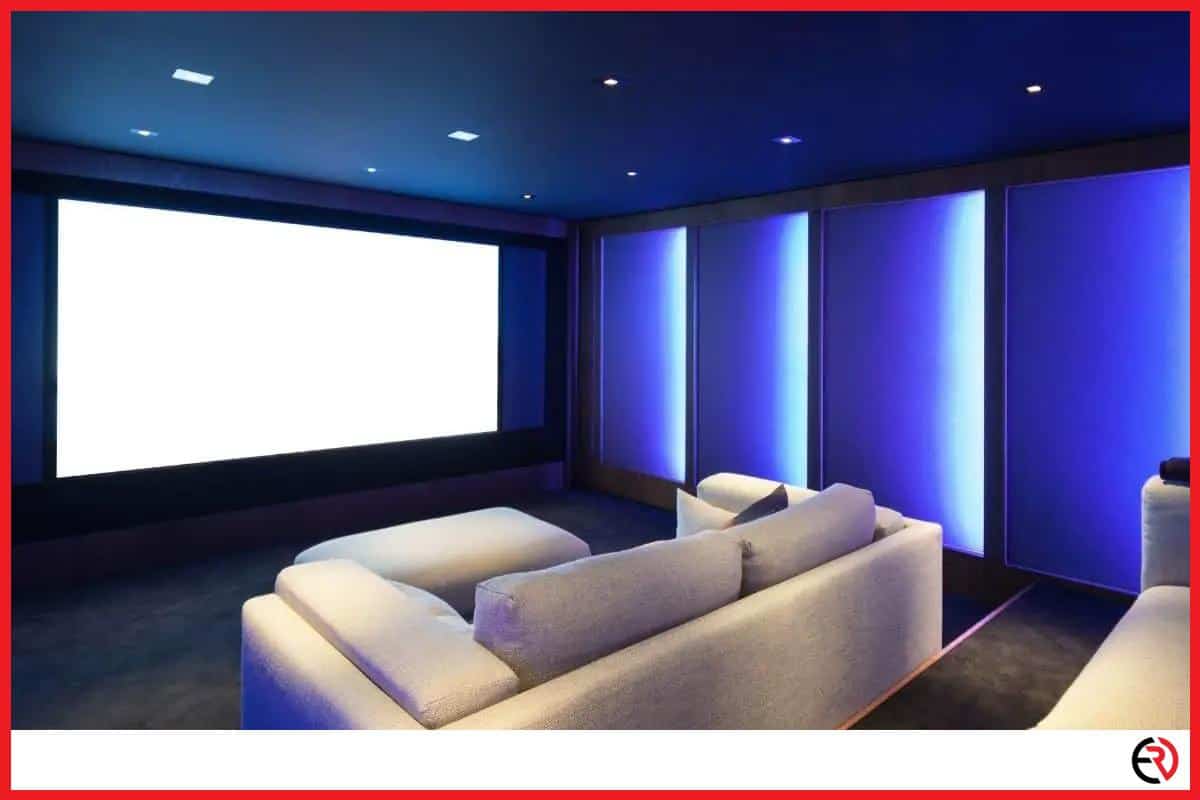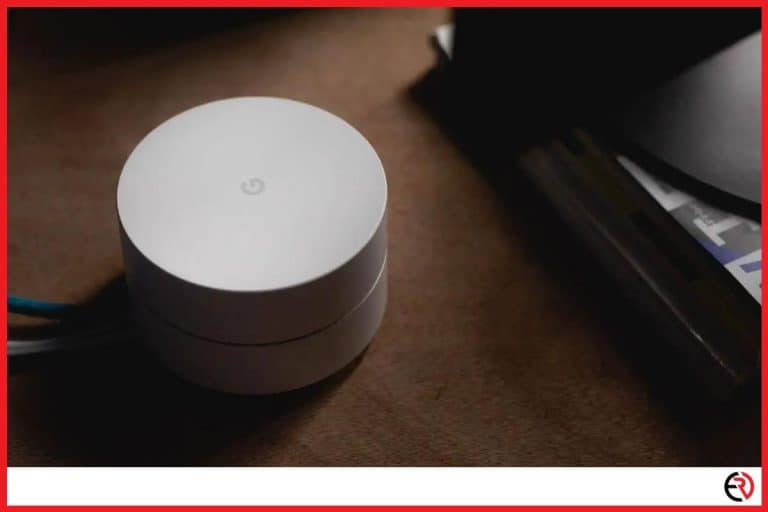Can You Have a Home Theater Without a Subwoofer?
This post may contain affiliate links which means that, if you choose to make a purchase, I may earn a small commission at no extra cost to you.
Large tower speakers, a few wall speakers at the back, two surround speakers next to you, and up-firing or ceiling speakers for Dolby Atmos. After adding all these speakers, a lot of people wonder if they need to add a large subwoofer to their home theater system. I used to be one of them.
While you strictly don’t need a subwoofer for your home theater system, your overall audio experience is improved drastically by adding one. Your movie-watching experience would be a bit dry without the subwoofer.
Let’s dive deeper to figure out why you should add a subwoofer to your home theater system.
A subwoofer’s role in your home theater system
When I’m planning to upgrade my stereo system for listening to music, I usually don’t worry about the subwoofer. Most music in existence is mixed in two channels. That’s why two decent bookshelf speakers with a large driver and a small tweeter are enough. While Apple and Amazon have introduced Dolby Atmos to their streaming platform, the collection of songs that are mixed in Atmos is abysmally small. However, it’s completely different from a home theater system.
Most movies released on DVDs and Blu-ray discs come with a sound mix for the LFE channel. The same holds for movies released on streaming platforms like Netflix, Amazon Prime Video, and Apple TV. LFE stands for Low-Frequency Effects. LFE originated way back in the Dolby Stereo format in the 70s and has been retained over the years in Dolby Digital. Since the 90s, it has become a norm in home theater systems with most AV receivers having a separate LFE channel.
Studios add special sound effects in the low frequencies in the LFE channel. For instance, the intense rumble in all Nolan films, explosions in Zack Snyder films, and other such low-frequency sound effects in the 3Hz to 120Hz band is mixed in the LFE channel. Decent subwoofers are designed to take advantage of this channel.
When a subwoofer uses the LFE channel it can produce deeper bass, a greater soundstage, and make the sound appear more spacious. If you can power match your subwoofer perfectly with the rest of the home theater system, it can dramatically improve the overall audio experience. With the subwoofer, you can hear the lowest frequencies that other speakers in the system can’t produce.
When the subwoofer creates extremely low-frequency sounds that go below 20Hz, you won’t even be able to hear it since it is beyond human perception. However, you’ll be able to feel those frequencies with your other senses. You’ll feel the vibration created by your subwoofer on your skin and it creates an extremely immersive experience. I personally like it when the subwoofers are on the brink of shattering all the windows in my living room.
The direction of the drivers
While it is established that a subwoofer improves your home theater system, you may be confused if you’re new to this. When you search for a subwoofer in the market, you’ll come across two types of subwoofers. Front-firing and down-firing subwoofers. As the name suggests, front-firing subwoofers have the driver pointing toward the front while down-firing subwoofers have the driver pointing to the floor.
Front-firing subwoofers create vibrations in the air while down-firing subwoofers send some of those vibrations through the floor. Since front-firing subwoofers work like conventional speakers, the sound directly reaches your ear first before you hear the reflection. This creates a more controlled and punchy bass response. On the other hand, if you want room-filling bass with enhanced rumbles and explosions, you should opt for the down-firing subwoofers.
If you want a decent budget-friendly front-firing subwoofer, the Klipsch R-12SW Subwoofer may be a good choice. On the other hand, the Polk Audio PSW10 is a decent budget-oriented down-firing subwoofer.
Ports and passive radiators
You may be confused by one more thing while you shop for subwoofers – ports. Some subwoofers have ports or circular cutouts along with the driver. These ports make up the bass reflex system of the subwoofer enclosure. Ported enclosures have a vent cutout that channels the sound from the rear of the speaker diaphragm and enhances the low frequencies.
Well-designed ported subwoofers are finely tuned so that the sound coming from the rear is in phase with the sound coming directly from the driver. This helps increase efficiency and volume without adding any distortion. However, if you opt for a cheap subwoofer you may get louder bass that’s boomy and not so accurate.
Some companies go the other route and make subwoofer enclosures with passive radiators instead of ports. Think of them as the middle ground between sealed and ported subwoofers. A subwoofer of this kind has an active(powered) driver and one or more passive(non-powered) drivers. Since they are not powered, the passive radiators expand and contract with the air compressions created by the active driver inside the enclosure.
This helps to create smooth bass notes without additional resonance. However, passive radiator subwoofers are always more expensive than their sealed or ported cousins since they have more components inside them. I couldn’t find one that costs less than half a grand. If you’re on a tight budget I’d recommend going for a sealed or ported subwoofer.
Placement of the subwoofer
Placement is very important if you want to get the most out of your new subwoofer. When you place it in the corner, the bass would become boomy, and if it sits in a huge room, it would sound very muted and won’t be able to create that room-filling 3D effect.
Fortunately, we can’t hear from which direction those extremely low frequencies are coming. So, you have plenty of options to get to the sweet spot. Personally, I like to place my subwoofer to the right or left comfortably away from the wall.
Conclusion
You may not feel the need for a subwoofer if your home theater system doesn’t have one already. However, if you add a subwoofer to your home theater system, you won’t be able to watch movies without it. I hope this article was helpful to you.









